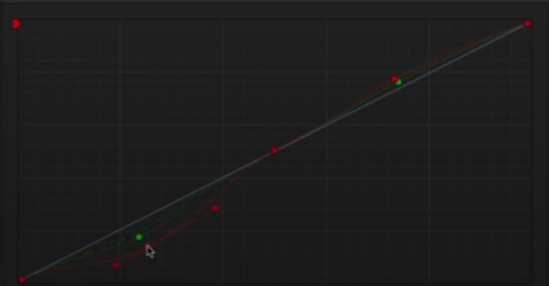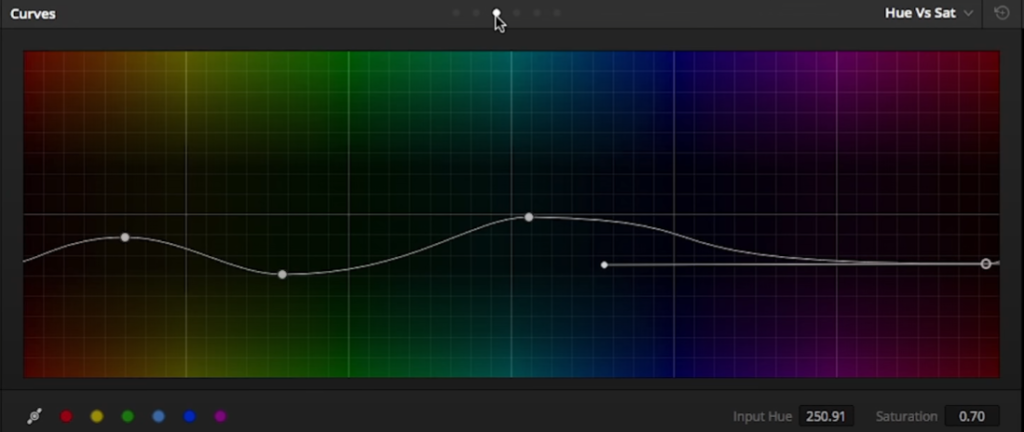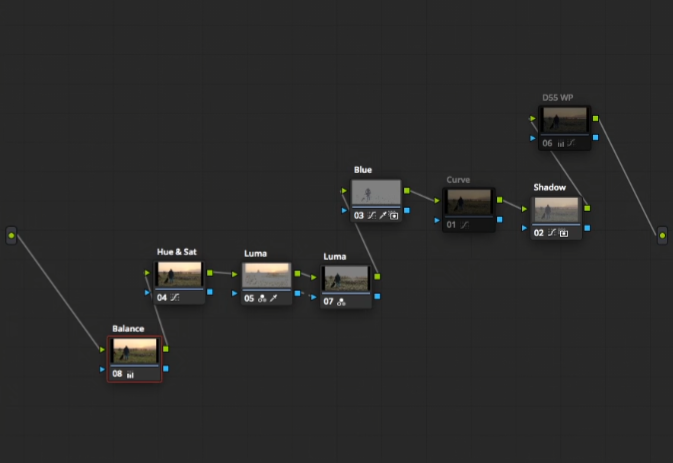Straight up, I’m not a fan of LUTs. I think it limits the things I can do on any given image. I’ve been posting in my Instagram stills of the clips I graded and I didn’t use any LUT on 99% of them.
It’s possible to create film looks without using Film Emulation LUTs but why do colorists, including myself, still use them?
A little bit of history. Before the digital age, films are shot in film and graded them using a chemical process. After that, they would print them back to a Film Stock. Different film stocks have different effects on the looks of the image so they would have to grade them in a way that it’ll look great after printing them back to film.
It used to be a necessity to use film stocks. Nowadays, we use film print emulation as a part of our creative process.
The question is why? We now have very advanced software to digitally edit films. Why do we still need these film emulation LUTs?
The viewers’ eyes were trained

Since we were kids, we have already been exposed to how most films look. So our brains were programmed to see films in such a way. The grading may be different but there is this film vibe that is common with most films.
Imagine watching a movie that looks like a commercial or a music video. It doesn’t feel right, does it?
It’s because movies never looked like that before. If there are few movies that look like commercial videos, I bet it’s not something known to everyone.
If it was, I could’ve stated some examples right now.
Commercial videos look too digital and it would not feel right if we are going to watch a film graded that way. In the course Freelance Colorist Masterclass, Qazi differentiates commercial videos, music videos, and feature films and then shows exactly how to achieve them.
One of their big differences is that commercial videos aim to make the product look great while feature films want you to focus more on the story.
Recreating Film Stocks manually requires too much work
The reason why you will need a film stock is that it’s impossible to recreate it perfectly without LUTs or Powergrades.
For example, one of the most famous film stock is the Kodak 2383. It has been used by tons of Hollywood films. It has these certain qualities like rich blacks and neutral whites that make the image look more cinematic.
To recreate that LUT, it requires really tiny curve adjustments that look like this:



Juan Malera, one of the best colorists I know, recreated the Kodak 2383 and you’ll see how precise one should be to recreate that Film Print Emulation LUT.
[embedded content][embedded content]
If you’re interested, you can buy his Kodak 2383 powergrade. It’ll allow you to make tweaks on the Kodak 2383 LUT instead of adjusting it before or after the LUT node.
If you’re a beginner, I wouldn’t recommend it. You can do a lot of things with the Kodak 2383 and other Film Emulation LUTs that are free in DaVinci Resolve.
I recommend it to pro colorists or filmmakers for their production company by tweaking it to their own taste and saving that powergrade to be their own signature look.
It’s more efficient to use LUTs when going for a specific film look
If you’re like me, you’d like to put yourself to a test too. You’d try recreating a specific film look with and without Film Emulation LUT while timing yourself.
I tried and the result was not even close. I spent a lot of time recreating the colors, contrast, and texture of the film without using any LUT. While with the LUT, you can get to the look faster so you’ll spend your precious time on other things like creating depths, making the subject pop out, directing the eyes of the viewer, fixing production mistakes, etc.

This is an example of me creating a film look using Kodak 2383. To recreate this without a LUT, I had to do several masks and qualifiers to target specific areas that aren’t aligning with the look.
It took me about 20 minutes to successfully recreate this look without LUT. If I’m grading a feature film, I don’t have 20 minutes to grade one clip since there are thousands of clips and sometimes they will give you a very limited time like 3 days.
You’d want to spend your time wisely so LUTs will become your best friend when this time comes.
Let me just be clear. These are LUTs that are created by color scientists and professional colorists that I’m recommending you use and not those LUT packs random companies create. These Film Emulation LUTs can be bought from the manufacturer’s official websites like Kodak.
Conclusion
No matter how hard you try to escape using Film Emulation LUTs, you’re going to end up using them when you need to grade feature films or even short films.
Learn how to use them. You can start with the free LUTs in DaVinci Resolve. They are high-quality LUTs that are used in Hollywood Films. If you want to learn how to effectively use them and really take your color grading skills to the next level, I recommend Freelance Colorist Masterclass since after taking tons of color grading courses, the only person who can really teach beginners is no other than Waqas Qazi.